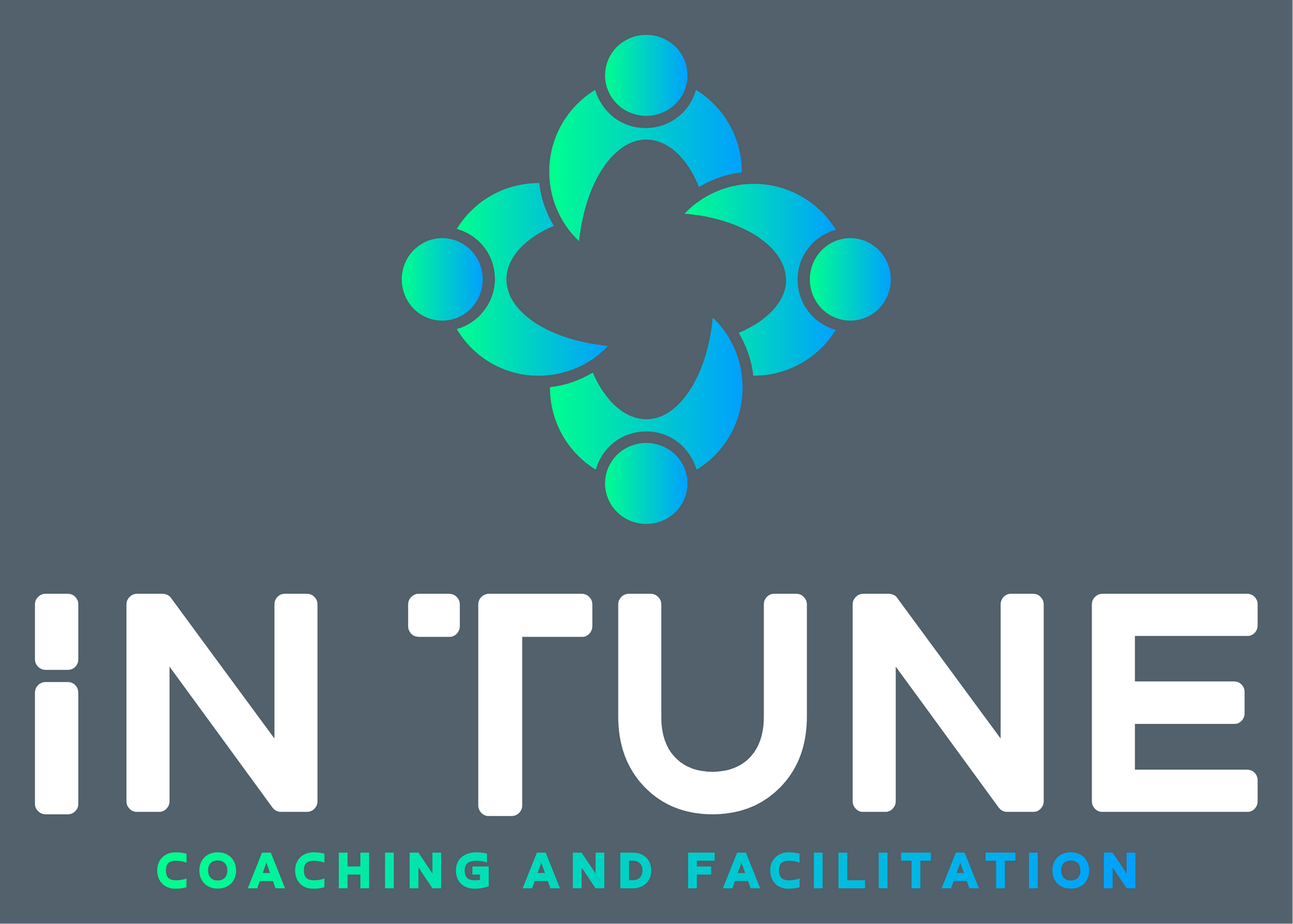Mastering Change at Work
"There is nothing permanent except change." — Heraclitus

Change in the workplace is inevitable—whether it's implementing new technology, restructuring teams, or shifting strategies. However, many organizational changes fail not because of bad ideas, but because of poor execution and lack of employee support. That’s where the ADKAR Change Management Model comes in.
Developed by Prosci founder Jeff Hiatt, ADKAR is a results-oriented framework designed to guide individuals and organizations through successful change. This model breaks change into five key building blocks: Awareness, Desire, Knowledge, Ability, and Reinforcement.
In this post, we’ll explore how ADKAR works and how you can apply it to lead and support successful transformations in your organization.
What is the ADKAR Model?
ADKAR is both a diagnostic and prescriptive tool, focused on the people side of change. It outlines the necessary steps individuals must take for change to be sustained.
The five elements of ADKAR:
- Awareness – Understanding why the change is needed.
- Desire – Having the motivation and willingness to participate in the change.
- Knowledge – Knowing how to change (the skills, behaviors, and tools needed).
- Ability – Implementing new skills and behaviors in real-life scenarios.
- Reinforcement – Embedding the change so it becomes permanent.
How to Apply the ADKAR Model at Work
1. Create Awareness
Why it matters: People resist what they don’t understand. Without awareness, employees may view change as arbitrary or disruptive.
Action steps:
- Communicate the “why” early and clearly.
- Use storytelling, data, and leadership visibility to explain the rationale.
- Address fears and misconceptions through town halls or Q&As.
2. Build Desire
Why it matters: Change won’t stick unless people want it. Desire bridges the gap between understanding and engagement.
Action steps:
- Link change to personal benefits and team goals.
- Identify and engage early adopters as change champions.
- Recognize and reward openness to change.
3. Share Knowledge
Why it matters: You can’t expect employees to change behaviors if they don’t know what’s expected.
Action steps:
- Provide hands-on training, guides, and microlearning modules.
- Offer coaching and mentorship to support new practices.
- Customize learning for different roles.
4. Develop Ability
Why it matters: Knowing what to do is different from being able to do it.
Action steps:
- Offer a safe environment to practice new skills.
- Provide time, tools, and support to master new workflows.
- Give constructive feedback and encourage iteration.
5. Reinforce the Change
Why it matters: Without reinforcement, people tend to revert to old habits.
Action steps:
- Celebrate wins and progress (even small ones).
- Include new behaviors in performance reviews and KPIs.
- Continue check-ins, pulse surveys, and ongoing support.
When Should You Use ADKAR?
- Rolling out a new software system
- Shifting from in-office to hybrid work
- Integrating teams after a merger
- Launching a new performance management system
- Any initiative that requires people to adopt new mindsets or behaviors
Common Pitfalls & How to Avoid Them
Pitfall - How to Avoid
Skipping the Desire phase - Connect change to employee values and motivation
Assuming one-size-fits-all - Tailor communication and training by role and department
Neglecting reinforcement - Build accountability and recognition into the culture
Final Thoughts: Lead Change with Clarity and Compassion
Change doesn’t have to be chaotic. The ADKAR model gives leaders and change agents a clear, people-focused roadmap to bring lasting transformation. When you align strategy with empathy—and process with purpose—change becomes not just manageable, but meaningful.
📚 Recommended Reading:
- Change Management: The People Side of Change by Jeffrey Hiatt & Timothy Creasey
- Switch: How to Change Things When Change Is Hard by Chip & Dan Heath
- Leading Change by John Kotter
- Crucial Conversations by Patterson, Grenny, McMillan & Switzler
- The Heart of Change by Kotter & Cohen
Stay Tuned with Tune In: Your Go-To for Inspiration and Personal Growth
Join the In Tune community and get exclusive updates on our latest blog posts straight to your inbox! ✨
From mindfulness tips to insights on living a more fulfilling life, we’ve got the tools to help you tune into your best self.
Sign up today and never miss a beat! 🎶




